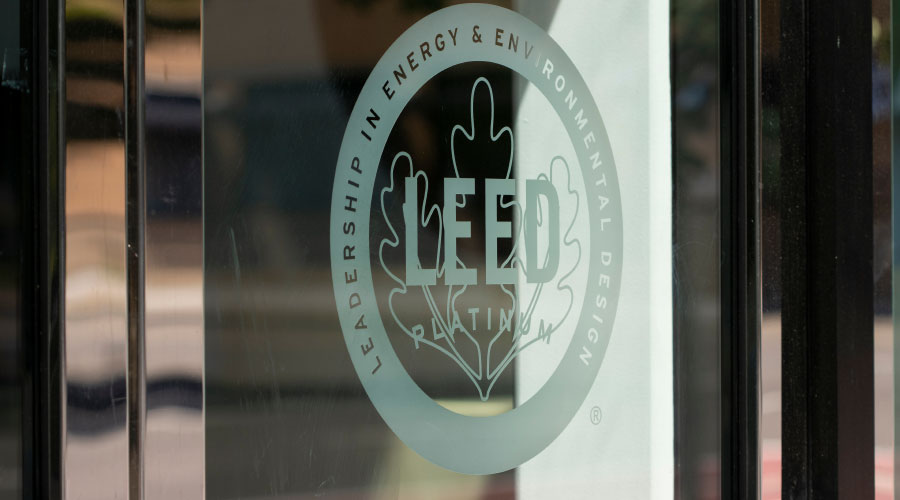What to Put in a Green Cleaning RFP
The RFP should be customized to the specific facility. Every facility has its own cleaning nuances based on facility executives’ expectation, perception of occupants, mission of the organization, size and age of the building, and finishes. Geographical location is also an important factor because where a building is located affects the intrusion of contaminants, occupant density and vulnerabilities.
Like the RFI, there are several important considerations when sending out an RFP. First, think about administrative and contract requirements. This information will ensure that the selected group of facility service providers will be able to conform to the contract once it is awarded. Considerations include:
- Specific types of insurance, such as a waiver of subrogation, or to be named as an additional insured party from the supplier and or the subcontractors
- Audit rights to review payroll or procurement of supplies for the facility
- Contract selection, award and start dates
- Specific certifications and licenses that may require time to obtain from various official entities
- Tax information for the facility service provider and all of its subcontractors
- Representations and warranties as prescribed by facility management
- Environmental conditions for the performance of work such as drain and runoff requirements.
The more information a facility executive can provide in an RFP, the more precise facility service providers will be able to be relative to the costs in their proposals. The facility service providers will need the square footage of the facility, which should be defined in terms appropriate for the specific geographical region. Terms such as “leasable” and “rentable” are common in the United States. Colloquial terms can be vague, which can lead to confusion and make comparisons between providers difficult. Thus a clear definition of the terms used in the RFP will prevent confusion and ensure all proposals are measured evenly.
The facility service providers will use this data to design their operation, and at the core of their operation is the number of labor hours required to perform the tasks. Labor in a facility is based on pace or the rate per square foot at which certain tasks may be completed. Without proper square footage, responses may vary significantly and may not even conform to the specifications. Given that labor is the largest portion of the cleaning cost, accurate square footage information is critical.
Having established the square footage, the development of clear specifications — such as cleaning restrooms, removing trash and recyclables, floor and carpet maintenance, office cleaning, and the frequency of the tasks — becomes the next crucial element in building the RFP.
Based on Performance
Another approach to building an RFP is to employ a performance-based outsourcing model. While traditional RFPs have typically focused on measuring hours, productivity and production rates, the performance-based model focuses on results or outcomes. In this case, the specifications have to clearly detail the required outcomes and perhaps more importantly how they will be measured.
The prospective facility service providers should provide a service plan that will address the cost and staffing model. This should be done in a line-by-line breakdown of all costs involved with the operations in the facility. The model should include the planned number of hours worked by crew member type (janitor, utility, supervisor, etc.), the respective rates of pay for these members, benefits (medical, vacation, sick time), tax and insurance burdens, supply costs and markup (gross and net profit) for the entire operation. Any other infrequent tasks such as carpet cleaning or window washing may also be provided in a separate cost model. The service plan may also require a site-specific quality control plan, as well as a site-specific communication plan, which should demonstrate and communicate the success metrics of the green cleaning program.
The RFP should specify the standard cleaning products to be used, including cleaning chemicals, janitorial paper products, powered equipment, plastic trash can liners, etc. These specifications frequently follow established “road maps” such as those found in LEED-EB. They should address tracking of product usage and how products that have been “self-certified” by the manufacturer can be approved for use.
With this information facility executives are now in a position to complete negotiations for services based on a pool of prequalified providers who clearly understand the requirements. In many cases, the information is weighted based on the priorities of the facility executive, the needs of the facility itself including those of the occupants, and the organization.
This two-step process can lead the facility executive to the service provider that is best prepared to deliver long-term value with a robust green cleaning program.
Stephen Ashkin is president of The Ashkin Group, executive director of the Green Cleaning Network and coauthor with David Holly of The Business of Green Cleaning.
Jennifer A. Corbett-Shramo, ICE, IFMA Fellow, IFMA Foundation Trustee, has 22 years of executive leadership in the commercial cleaning industry.
Related Topics:













